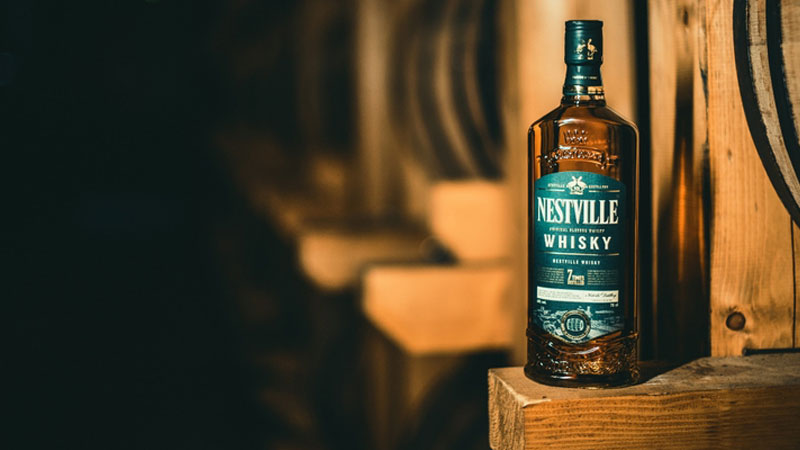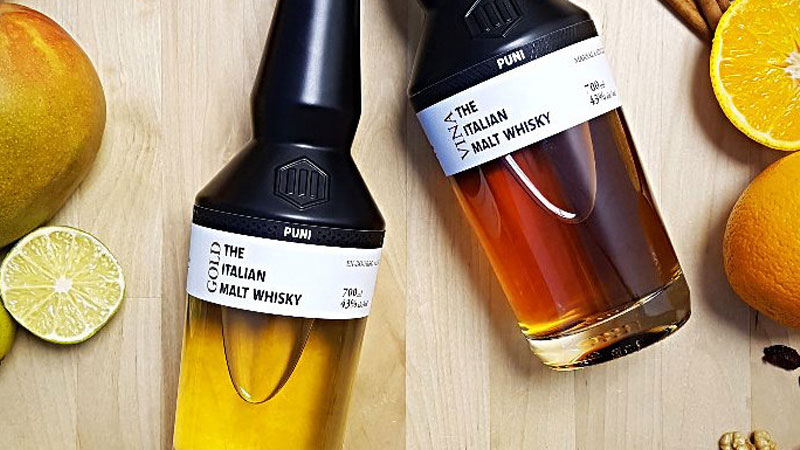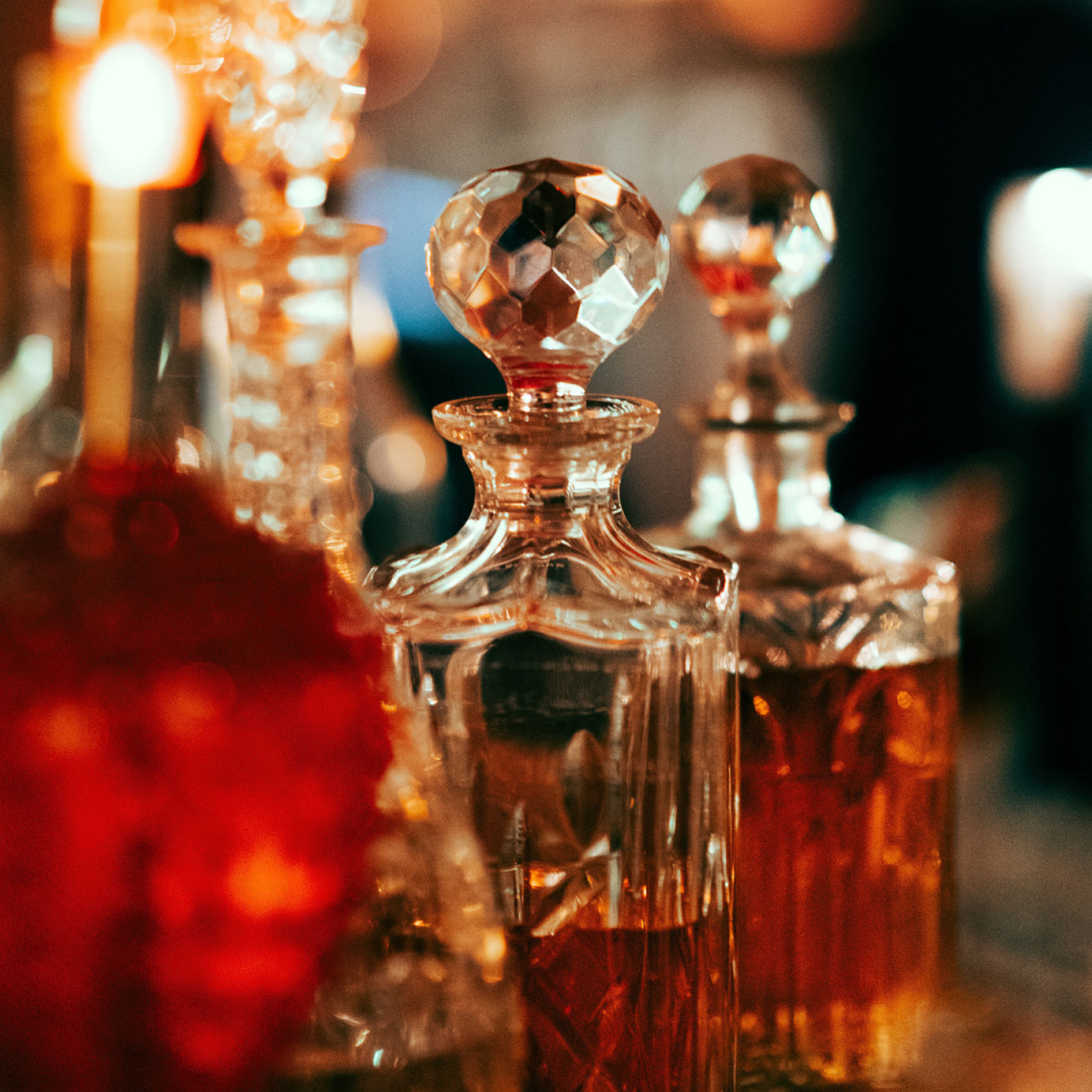If you’re concerned about the single-malt Scotch shortage, the Irish whiskey shortage, the Japanese whisky shortage or a possible bourbon shortage, you might want to look beyond the usual suspects for your next bottle. For example, you could try Germany, which is, after all, home to almost twice as many whiskey producers as Scotland.
“I think there about 200 whiskey producers in total in Germany,” Hans Kemenater, the master distiller at Slyrs, the leading producer of single malt in Bavaria, says. “But there are some that only produce one barrel per year.”
With most of the 200 to 250 German whiskey distillers making minuscule amounts, the Scots probably don’t have much to fear. But Germany is not the only producer of whiskey on the Continent.
Across mainland Europe, hundreds of distilleries are now making what they usually call “whisky,” in deference to the Scottish spelling. These whiskies often hail from unexpected locations. They incorporate distinctive products, including local malt and barrels previously used to make regional wine, and provide surprisingly good results.
A case in point: Slovakia, whose Nestville won a “best European whisky” award from Jim Murray’s Whisky Bible this fall. Its neighbor, the Czech Republic, is home to at least two long-term whiskey producers. Italy has just one, compared to the 12 members of the Austrian Whisky Association. If you feel like planning a trip, you can buy a map of the three main German-speaking countries, Austria, Germany, and Switzerland, which features 280 whiskey distilleries. By comparison, the Scotch Whisky Association counts just 128 makers.

Although many continental whiskey producers are relatively new, their product is far from moonshine. European Union regulations specify that anything labeled whisky or whiskey must be distilled from a mash of malted cereals, with or without the inclusion of any unmalted grains. It must be aged at least three years in wooden casks that are not larger than 700 liters (about 185 gallons), and it has to be distilled to a maximum of 94.8 percent alcohol. The final product must be over 40 percent alcohol. No alcohol may be added to whiskey or whisky, and it may not be sweetened. It can, however, be produced in any country.
That means that distillers all across the Old World have been free to make the drink with their own, often very local, influences.
“I just like the different directions some of them are taking,” Lew Bryson, the author of “Tasting Whiskey: An Insider’s Guide to the Unique Pleasures of the World’s Finest Spirits,” says. “If you’re using your local peat, it’s going to taste different, because every peat is local. I think there are 20-odd types of peat in Scotland alone. Something like 2 percent of the earth’s surface is peat. So if you’re using a local version, it’s going to add a local taste.”
In the case of Slyrs, it doesn’t hurt that the distillery is located in beer-crazy Bavaria, home to some of Europe’s greatest barley producers and malthouses.
“I think our whisky is very characteristic for this region,” Kemenater says. “We want to use the barley from this region, the water from this region, the air from this region. It’s very important for us to have the the characteristic tastes of Bavaria.”
To the north, in Germany’s Harz region, the Hammerschmiede distillery puts out several single malts under the names Glen Els and Alrik. One version uses 100 percent Rauchmalz, or wood-smoked barley malt, more commonly known for its use in Germany’s traditional Rauchbier.
Other European whiskey makers have found local angles through their barrels. Slyrs goes the traditional route and always uses new, imported American oak for its first maturation before moving on to sherry, oloroso, and other traditional finishing casks. The Czech Republic’s Hammerhead single malt uses its own Czech and Moravian oak for initial maturation, albeit with what it notes is a fairly heavy char, intended to express a pronounced smokiness.
Italy’s lone whisky producer, Puni, offers versions of its award-winning whiskies finished with Pinot Nero wine. Another expression is finished in barrels of Marsala Vergine from Sicily. In Hungary, the distiller Agárdi finishes its single malt in Hungarian oak barrels that previously held Tokaj Aszú.

Beyond the staves, some Continental producers focus on specific grains. In France’s northwestern region of Brittany, Distillerie des Menhirs produces its Eddu whiskies from buckwheat (which is, technically, not a grain, though it is treated like one).
“The idea came from my father who wanted to propose a local whisky with a local cereal,” Loig Le Lay, commercial director of Distillerie des Menhirs, and one of three brothers who run the business, writes in an email. “Buckwheat is very popular in Brittany. We use it in our pancakes.”
Perhaps the most inspiring aspect of continental European whiskey is just how fast it is growing and changing. Slyrs is less than 20 years old, but it is already producing around 150,000 bottles annually, which would make it close in size to some of the smaller distilleries in Scotland.
And possibly because of their newness, many Old World whiskey distilleries seem to keep coming up with new ideas. On the small Swedish island of Hven, the 10-year-old Spirit of Hven distillery is celebrating its newest release this week: Hvenus, its first rye. It went on sale Dec. 7.
When asked how she thinks its new rye might go over, Sprit of Hven’s Camilla Ericsson says something that might apply to many of the modern continental European whiskies and anyone who hasn’t tasted them yet.
“I think if the Swedish people try rye whiskey, they will like it,” Ericsson said. “But they don’t know it yet. It’s new.”
Five European Continental Whiskies To Try
Spirit of Hven Tycho’s Star Single Malt (Hven, Sweden)
Peppery malt, notes of licorice and lavender, followed by a slightly smoky finish.
Hammerhead 28 Year Old Single Cask (Prádlo, Czech Republic)
The oldest expression of Czech single malt, distilled just before the Velvet Revolution.
Nestville Master Blender 8 Years Old (Hniezdne, Slovakia)
From the country’s first whisky distillery, located in a historic rye-growing region.
Puni Alba (Glorenza, Italy)
Wildflowers, lavender, and leather on the nose, with a finish of smoked almonds.
Eddu Silver Brocéliande (Plomelin, France)
A whiff of orange marmalade and whole-grain toast, backed up by cinnamon, vanilla and — yes — buckwheat.
